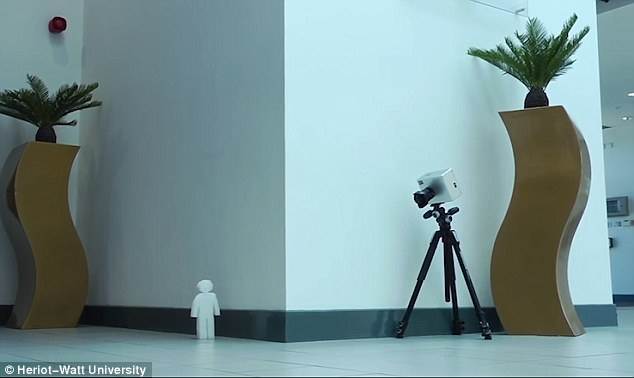According to DailyMail, on January 25, Experts said that: the camera’s perspective function is to use the principle of laser penetration. Use a laser to send a short light pulse to the ground beyond the edge of the wall.
When the laser hits the ground, the light is reflected in all directions, propagating like a “big growing sphere,” and the light ball travels through the wall to the hidden object. Then the light is reflected back from the hidden object like an echo, forming an image. Researchers can also learn the distance of an object by measuring the time required for the laser echo to return to the camera.

The Conversation article mentions Daniele Faccio, a professor of quantum technology at Glasgow University, and Stephen McLaughlin, dean of the College of Engineering and Physical Sciences at Heriot Watts, who think that the power of fluoroscopy will lead to a much larger revolution in camera technology. But in fact, smartphones that recognize face shapes and shoot slow-motion video at super-high resolution are already the beginning of this revolution. At present, the research direction of the camera is changing from adding megapixels to calculating and processing the fusion data.
![]()
So this revolution no longer refers to adding effects and filters to pictures as they are in Photoshop, but rather processing incoming data that becomes imaged after a series of computational steps. These steps usually involve complex mathematical operations and simulations of how light travels in the scene or camera. The future, we may no longer need the traditional camera, replaced by imaging light detector, it can be through the fog, the human body, and even the wall.
Of course, these new technologies still need some research and development before they can be applied to real life. But what we can be sure of is that the camera revolution has begun.